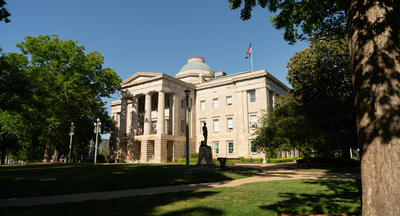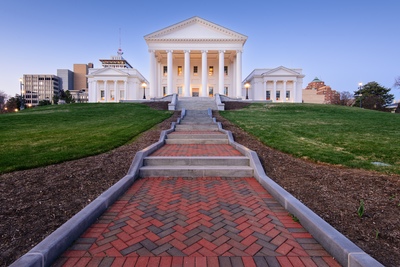
State Government Affairs, Elections & Campaigns
How Lieutenant Governors Are Selected (And Why It Matters)
December 10, 2025 | Bill Kramer
September 8, 2020 | Bill Kramer

Key Takeaways:
This is the first of several 2020 state elections preview posts we’re publishing over the next few weeks. You can keep track of all the latest information on our 2020 state elections landing page.
Democrats have gained ground in nationwide governors offices since their 2017 low point of only 16 governorships (to 33 Republican). Currently, Republicans hold 26 governorships and Democrats hold 24.
However, while politicos continue to forecast political headwinds in the Democrats’ direction, 2020 does not appear to be a year where Democrats will gain much ground when it comes to governorships. There are only eleven gubernatorial races in 2020 (down from 36 governor races in 2018). Six of which are projected to be safe seats for the incumbent party (Utah, Indiana, West Virginia, and North Dakota for Republicans and Washington and Delaware for Democrats) and only one governor's race — the election in Montana to replace term-limited Democrat Steve Bullock — is rated as a “Toss-Up.” The next closest race according to forecasters is North Carolina’s Democratic incumbent Roy Cooper, which is currently rated as “Lean Democrat.” The three additional governors races (Missouri, Vermont, and New Hampshire) are all currently held by Republicans and are rated as “Likely Republican” by forecasters.

So how will this play out on November 3? The best-case scenario for Republicans is to flip governorships in Montana and North Carolina, which would increase their total governorships to 28 to Democrats’ 22. The best case for Democrats is to ride a huge wave and flip one to three of the “Likely Republican” governors races in Missouri, Vermont, and New Hampshire. This would put Democrats in a tie for total governorship across the country (by flipping one “Likely Republican” seat) or up a governor’s mansion or two (by flipping two or all three of the “Likely Republican” seats).
The most likely situation is that Democrats either keep the status quo by holding on to vulnerable governorships in Montana and North Carolina or lose the race in Montana but succeed in keeping Governor Cooper in the North Carolina governor’s mansion. In this case, keeping the current 26-24 Republican/Democratic split in governorships or a slight increase for Republicans to 27-23 are the most likely outcomes of the 2020 elections for governor.
And if 2020 isn’t enough for you, keep an eye on 2022, when 36 states will have gubernatorial elections.
For more information, check out MultiState’s 2020 state elections landing page.

December 10, 2025 | Bill Kramer
-238a17-400px.jpg)
December 10, 2025 | Bill Kramer

November 5, 2025 | Bill Kramer